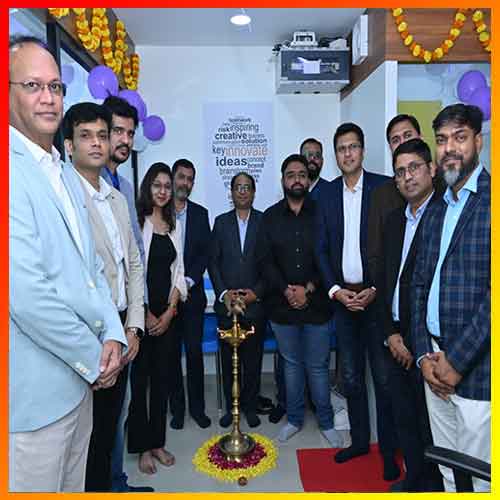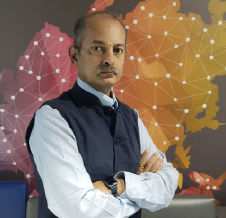
The feat was accomplished using a 19-core optical fibre cable over 1,808 km, proving that ultra-high-speed data transfer is possible with existing infrastructure dimensions.
In a groundbreaking achievement in the field of ultra high-speed internet technology, Japan has set a new world record for internet speed, reaching an astonishing 1.02 petabits per second (Pbps). The milestone, announced by Japan’s National Institute of Information and Communications Technology (NICT), marks a revolutionary leap in global fiber optic communication and broadband infrastructure capabilities.
To put this achievement into perspective, this blazing speed is:
● 16 million times faster than India’s average internet speed of 63.55 Mbps
● 3.5 million times faster than the average internet speed in the United States
At 1.02 Pbps, users could download the entire Netflix library or the entire English Wikipedia thousands of times in just one second—a feat unimaginable with current broadband internet speeds.
NICT’s Historic Internet Speed Test
NICT’s Photonic Network Laboratory, in collaboration with Sumitomo Electric and European research partners, carried out this record-breaking experiment. The team transmitted data over 1,808 kilometers using a special 19-core optical fiber cable, which maintains the standard 0.125 mm diameter—the same as existing internet infrastructure cables.
This was achieved by sending signals through 19 loops of 86.1 kilometers each, repeated 21 times, with 180 separate data streams transmitted simultaneously. The data transfer rate per second per kilometer reached 1.86 exabits, the highest ever recorded in the history of internet technology.
Designed for Long-Distance, High-Speed Data Transfer
The cable was developed by Sumitomo Electric, while NICT engineered the advanced transmission system using state-of-the-art optical transmitters and receivers. The goal of the experiment, according to NICT, was to demonstrate that extremely fast internet speeds are possible over long distances using existing internet infrastructure, paving the way for future 6G networks, quantum internet, and next-gen cloud computing.
See What’s Next in Tech With the Fast Forward Newsletter
Tweets From @varindiamag
Nothing to see here - yet
When they Tweet, their Tweets will show up here.




























